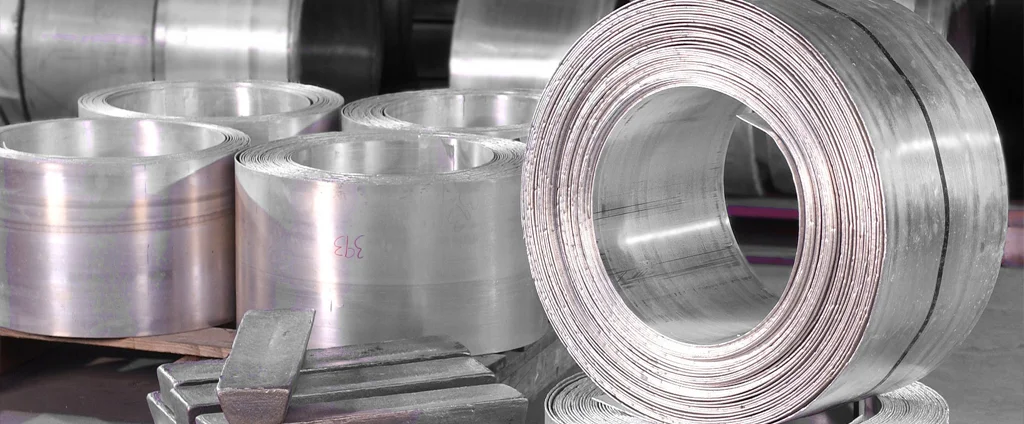Magnesium AZ91D Cast Alloy

AZ91D is a high-purity magnesium alloy widely recognized for its superior combination of mechanical strength, corrosion resistance, and excellent castability. Commonly employed in die casting, this alloy offers lightweight durability that enhances performance across various industrial applications.
| Chemical Composition | ||
|---|---|---|
| Element | Min | Max |
| Magnesium | —— | Remainder |
| Aluminum | 8.3% | 9.7% |
| Copper | —— | 0.03% |
| Iron | —— | 0.005% |
| Manganese | 0.13% | —— |
| Nickel | —— | 0.002% |
| Silicon | —— | 0.1% |
| Zinc | 0.35% | 1.0% |
The following table provides a list of magnesium AZ91D properties in both SI and US customary/Imperial units.
Click on the button to switch between Metric and Imperial units.
| Physical Properties | Metric |
|---|---|
| Density | 1800 kg/m3 |
| Mechanical Properties | Metric |
| Tensile Strength (Ultimate) | 248 MPa |
| Tensile Strength (Yield) | 159 MPa |
| Young’s Modulus (E) | 44.8 GPa |
| Shear Modulus (G) | 17 GPa |
| Elongation at Break | 6% |
| Poisson’s Ratio (ν) | 0.35 |
| Rockwell Hardness | 75 |
| Thermal Properties | Metric |
| Melting Point | 596.1 °C |
| Thermal Conductivity | 72 W/m·K |
| Specific Heat Capacity (Cp) | 1050 J/kg·K |
| Coefficient of Thermal Expansion (αL) | 24.8 1/°C |
| Electrical Properties | Metric |
| Electrical Resistivity | 1.40×10-5 Ω·cm |
The values in this table are approximate and can vary depending on various factors such as the specific manufacturing process and heat treatment applied to the alloy.
Advantages & Disadvantages of Magnesium AZ91D
| Advantages | Disadvantages |
|---|---|
| Lightweight | Corrosion susceptibility |
| High strength-to-weight ratio | Flammability |
| Good castability | Higher cost |
| Excellent electromagnetic shielding | Limited temperature range |
| Good thermal conductivity | Limited availability |
| Dimensional stability | Surface treatment requirements |
Applications of Magnesium AZ91D
Due to its advantageous properties, AZ91D is utilized across multiple industries, supporting lightweight and durable components in diverse applications, including:
- Automotive industry: Widely used for lightweight components such as engine parts, transmission cases, steering wheels, brackets, and structural elements that reduce vehicle weight and improve fuel efficiency.
- Aerospace industry: Employed in aircraft components and structures, including interior parts, seat frames, brackets, and engine components, benefiting from its low weight.
- Electronic devices: Its good thermal conductivity and electromagnetic shielding make it suitable for laptops, smartphones, tablets, and other portable electronics for heat dissipation and EMI protection.
- Consumer goods: Used in camera bodies, power tools, sporting equipment (golf clubs, tennis rackets), and camping gear (tent poles, cooking utensils) due to its lightweight and durability.
- Industrial equipment: Applied in housings, brackets, and frames in machinery, offering ease of manufacturing complex shapes thanks to good castability and light weight.
- Medical applications: Explored for implants and surgical tools because of its biocompatibility, low density, and potential for lightweight, biodegradable medical devices.
- Defense and military: Suitable for military vehicles, protective gear, and weapon systems owing to its high strength and lightweight characteristics.
